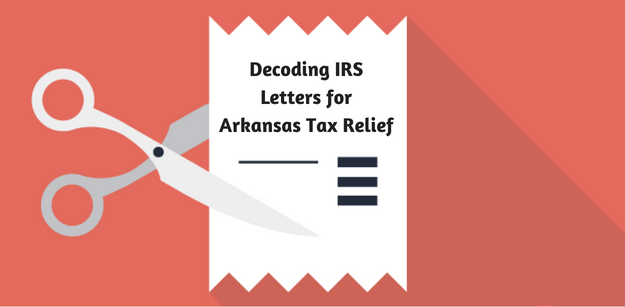Even with a low cost of living, residents in the U.S. have struggled economically, which has also given way to a huge number of tax issues. With tax issues comes the need to communicate with the IRS.
Most of us have heard of the scams where someone calls pretending to be from the IRS attempting to get your personal information. It’s important to know that the IRS will only communicate with you via official channels—primarily, this involves regular old snail mail.


You may receive a certified letter that requires you to sign a document proving that you got the information. This absolves the post office of liability and assures the IRS that you received the letter.
This also eliminates the excuse that you didn’t receive the information on time and gives the IRS a little bit more clout when arguing about payments. In order for residents to really take advantage of a tax relief program, they need to respond to these letters promptly and deal with the situation as quickly as possible.
Why Does the IRS Send Out Letters?
Letters are the safest way to get important information from one party to another. Email servers can be hacked, and new technology allows people to change their phone numbers using a re-dial system. This means that the number you see on your caller ID may not be the number the person’s actually calling from.
A criminal might be able to mimic the IRS’s home office number, and then call you demanding a payment or your Social Security number. This is a problem that the IRS avoids altogether by using regular old government regulated mail.
The post office is reliable, fast, and harder to tamper with. This also gives the IRS the option we mentioned earlier about using certified mail as a way to make sure that you get what they’ve sent.
You always have a right to verify that a letter, phone call, or any other correspondence from the IRS is legitimate. In fact, it’s always smarter to verify the information prior to giving them any of yours. You can always check their website to get more information on how they choose to communicate with taxpayers.
What Do These Letters Mean?
There are a huge number of different forms that the IRS can use when trying to communicate with you. Each of these forms should be labeled or clearly telling you exactly why they’re reaching out to you.
They should also present you with some form of recourse. You may have the name of an agent and a telephone number where you can call somebody to verify the information in the letter. Some of the more common official correspondence you might receive include:
- CP05A- This is usually the preliminary notice you’ll receive when the IRS needs more information on your tax returns. You may be required to send in additional forms or to verify some of the things on your original tax return.
- CP11- When you receive this form, you’re being made aware of changes that the IRS had to make to your tax returns resulting in you owing additional money.
- CP21E & CP22E- Both of these forms are sent to you at the conclusion of an audit when the IRS discovers that you owe more money than you originally paid.
- CP90C- This is definitely one of the forms that you hope you don’t receive. This indicates that the IRS has filed a levy against your assets and that you have a right to a hearing to defend yourself or present additional evidence.
- CP3219B- A CP3219B form is a statutory notice of deficiency, and lets you know that the IRS intends to find that you are deficient in your taxes. Again, you also have the opportunity for a hearing.
These are only a few of the more common letters you might receive in the mail. Checking the number on the form can help you understand exactly how you should respond, and you can learn more about it from the IRS website.
Responding to Correspondence From the IRS
Obviously, different responses are appropriate for different forms. Depending on what you receive, you may need to make payment arrangements right away, contact your tax relief professional, or even discuss a hearing date with a CPA.
Before doing anything else, though, you need to call whatever number is on the letter and verify the information that it contains. You can ask the IRS representative exactly what they suggest and find out how they want you to approach the problem. If you receive a bill for $10,000, it may not be something you can take care of right away. Because of this, you’ll need to investigate other options.
As long as you’re in constant communication with the IRS, they will usually work with you. The worst thing you can do when you get a letter from the IRS is to toss it in the trash or bury it under your other mail. Always respond, even if there’s nothing you can do right at that moment also read and check what are irs fresh start program qualifications.
Dealing with Communication Issues
There are plenty of times when the IRS phone lines are completely tied up for hours at a time. Even if you have a specific number to call, the only response you may get could be a voicemail.
If this is the case, document every time that you’ve tried to contact the IRS, and always leave a message. Saving phone records and evidence of your attempt to get back with them can save you from an immediate levy on your assets.
You may just have to bite the bullet and sit on the phone for three hours to get through to someone. When you do, make sure that you write down their name and their identification number. This way, you have a reference point for the information that you were given. It also helps you to prove that you’ve done everything in your power to try and resolve the issue in a timely manner. When dealing with the IRS, being complacent is not an option.



